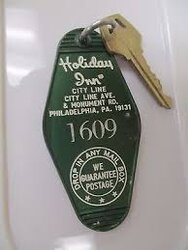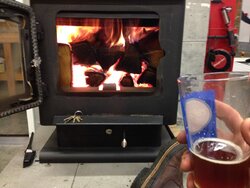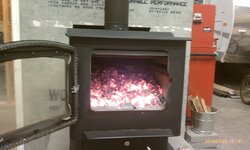Well said & very true!It's 53F outside and we are heating with the woodstove. It's comfortable and fine inside, not overheated at all. Living room is at 74ºF. There are many more degrees with a non-cat besides hot and hotter.
We are in the same/similar weather pattern & close to the same inside & outside temps -- burning right along!


 What gives?
What gives?

